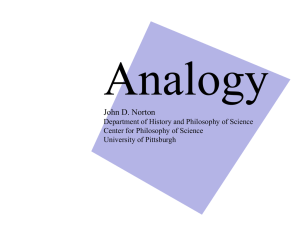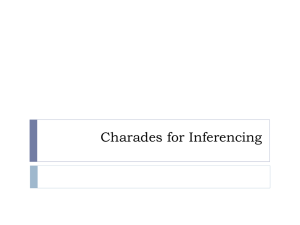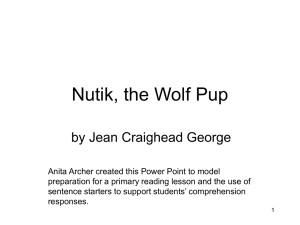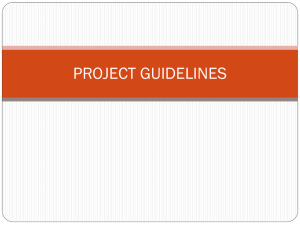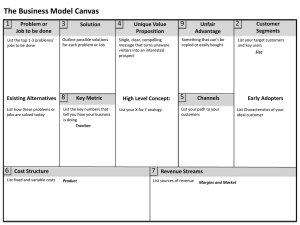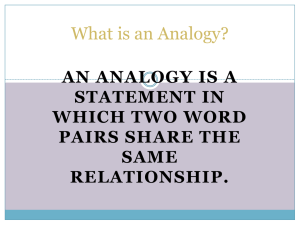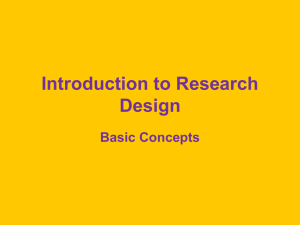Analogy
advertisement
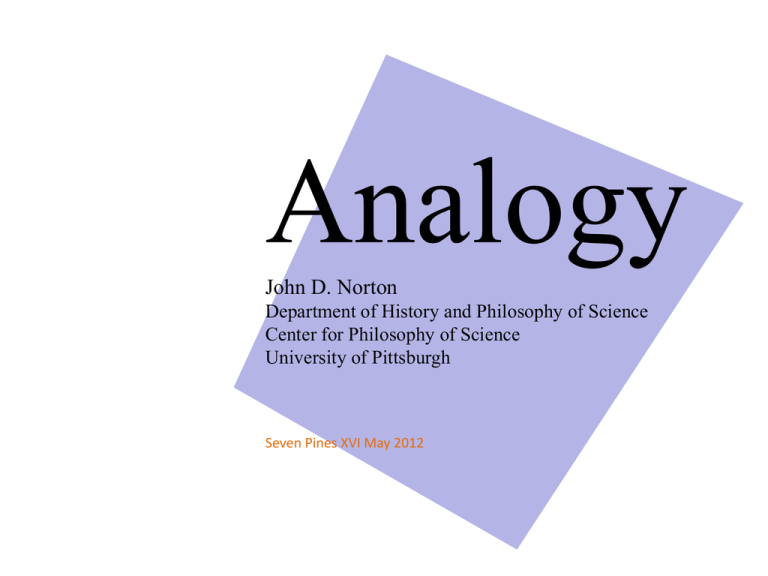
Analogy John D. Norton Department of History and Philosophy of Science Center for Philosophy of Science University of Pittsburgh Seven Pines XVI May 2012 Background Puzzle What powers analogical inference? This talk two approaches to analogical inference Things similar in some properties. Things similar in other properties. Is there a “Principle of Similarity” in nature? Formal Material the majority view a minority view 2 Formal Approach to Inductive Inference 3 Bare Analogy S1 is P. S2 resembles S1 in being M. ---------------------------------[therefore] S2 is P. A fixture in traditional accounts of logic back to Aristotle. (Joyce, 1936) Failures Successes Galileo and the mountains of the moon. Electrostatics and gravity in the 18th c. Darwin and artificial and natural selection. … Reynolds’ analogy. Liquid drop model of the nucleus. Seas on the moon have no water. Canals of Mars aren’t. Whales are like fish but aren’t. Heat flows like a fluid but isn’t. Light undulates like waves in a medium, but hasn’t got one. … … 4 Merely bad luck for a good inference form? Or… Doubts There is no way in which we can really assure ourselves that we are arguing safely by analogy. The only rule that can be given is this, that the more closely two things resemble each other, the more likely it is that they are the same in other respects, especially in points closely connected with those observed . … In order to be clear about our conclusions, we ought in fact never to rest satisfied with mere analogy, but ought to try to discover the general laws governing the case. William Stanley Jevons, 1879. Even the most successful analogies in the history of science break down at some point. Analogies are a valuable guide as to what facts we may expect, but are never final evidence as to what we shall discover. A guide whose reliability is certain to give out at some point must obviously be accepted with caution. We can never feel certain of a conclusion which rests only on analogy, and we must always look for more direct proof. Also we must examine all our methods of thought carefully, because thinking by analogy is much more extensive than many of us are inclined to suppose. Thouless, Straight and Crooked Thinking 5 Two-Dimensional Account Mary B. Hesse, Models and Analogies in Science. (1966) Source Positive Analogy Negative Analogy Target Property P Property P* Property A Property not-A* Property not-B Property B* Property Q Property Q* When the weight of the positive analogy prevails… Bartha’s synopsis infer 6 Two-Dimensional Account Mary B. Hesse, Models and Analogies in Science. (1966) Vertical relations: “causal relations in some acceptable scientific sense…” Source Property P Property A ?? The cogency of the account depends on the cogency of our account of causation. ?? Target Property P* Property not-A* Property not-B Property B* Property Q Property Q* Horizontal relations: ?? No formal analogies?? NO: Formal analogies = isomorphic interpretations of the same formal theory YES: Pre-theoretic material analogies between observables 7 The Articulation Model Paul Bartha, By Parallel Reasoning: The Construction and Evaluation of Analogical Arguments. (2010) Vertical relations: 1. Predictive inductive or 2. Explanatory deductive 3. Functional inductive 4. Correlative. determinants of plausibility a. strength of prior association b. extent of correspondence c. existence of multiple favorable analogs d. only non-defeating competing analogs e. only non-defeating counteracting causes Source Property P Property A Target Property P* Property not-A* Property not-B Property B* Property Q Property Q* is plausible. I. Prior association: Vertical relation to be extended to target. II. Potential for Generalization: “no compelling reason” precludes extension. Assessment extended through multistage process: prima facie plausibility, qualitative plausibility… 8 Material Approach to Inductive Inference 9 Philosophers Scientists Analogy is a part of the Analogies are facts of nature. theory of inference. It is investigated by seeking general formal rules. …but no complete formal scheme has been found. They are uncovered by empirical investigation. …so what has inference got to do with analogy? 10 Formal Theory of Induction Inductive inferences are licensed by formal schema. The warrant for any inductive inference is traced back to universal schema. Universal. Any substitution yields a valid inference. versus Material Theory of Induction Inductive inferences are licensed by facts: "material postulate". The warrant for any inductive inference is traced back to material facts and no farther. Local. The material postulate holds only in limited domains. "All induction is local." 11 Deductive inference: the model for a formal theory Either All mimsy were the borogroves. A Therefore or The mome raths were NOT outgrabe. The mome raths were outgrabe. B ~B A All mimsy were the borogroves. 12 Inductive inference This crystal of radium chloride is monoclinic. This crystal of radium chloride is less than 1mm in size. All crystals of radium chloride are monoclinic. All crystals of radium chloride are less than 1mm in size. A good inference. Material postulate: pure crystalline substances generally agree in their crystalline forms. Drop the generally and the inference becomes deductive. Demonstrative induction. This formal template does not work. A poor inference. No material postulate licenses it. All the inductive risk is taken in accepting the material postulate. 13 Material Theory of Induction applied to Analogy Warranting fact is the fact of analogy investigated by the scientist. There is no universal schema to which all analogical inference conforms. Analogical inference is not powered by similarity. No principle of similarity. Strength of an analogical inference is not gauged by checking against rules. Analogical inference is powered by local facts, peculiar to each instance. Continued quest for a formal schema will return incomplete systems of endlessly growing complexity. Fact of analogy uses similarity as an expressive convenience for describing properties of target system. Strength is set by content of warranting fact and gauged by empirically checking the fact. 14 Case Studies Fact of analogy Galileo and All three turn out to be demonstrative inductions! Inductive risk taken in accepting fact of analogy. Inference Darknesses on moon due to prominences obstructing linearly propagating sunlight, similar to shadows on earth. There are mountains and valleys on the moon. The mountains are up to 4 miles high. Reynolds analogy The mechanism of momentum and heat transfer the same. Rates are proportional. Stanton = friction factor/8 From rates of momentum transport (pressure drop) to rates of heat transport. Liquid drop model of the nucleus Energy term in (nucleon number)2/3. Excitation modes match classical liquid drop. Which nuclei are stable. (OK) Energy of nuclear excitations. the mountains of the moon (poor) 15 The End 16
